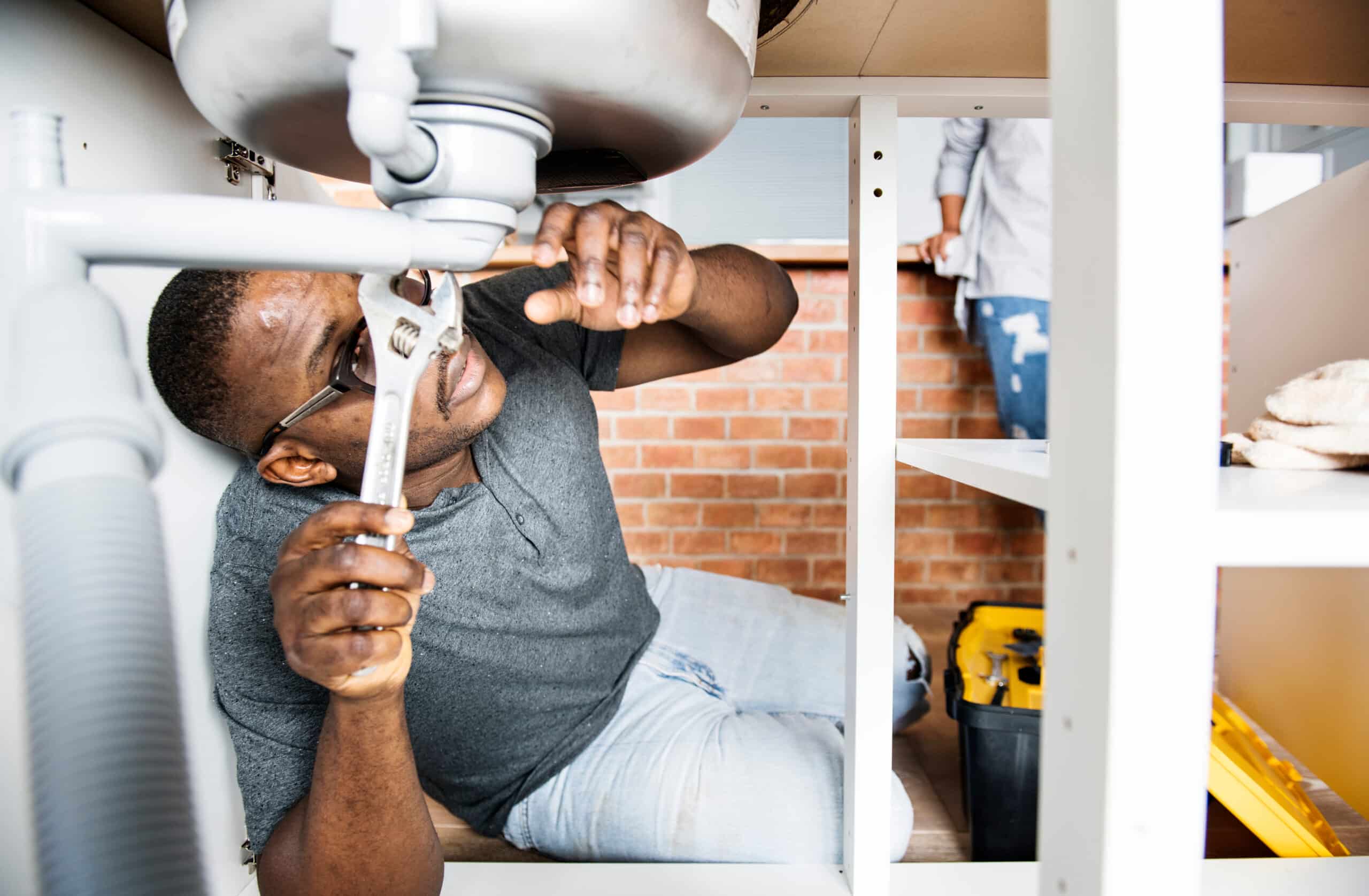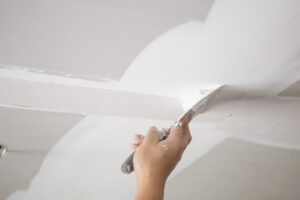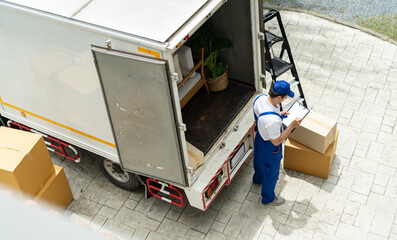Your roof does a lot every day: It blocks harsh sun rays and temperamental weather, keeps water from leaking into your home, and protects the building’s structure. Make sure to inspect a roof for these maintenance items regularly.
Check for accumulated dirt, leaves, branches, and other debris that can clog drains and promote algae, mold, and fungus growth. For professional help, contact Roofing Kalispell.
A roof is the first line of defense against harsh weather conditions. If it’s damaged or compromised, the rest of the structure can be affected, including interior leaks and water damage to wood and laminate floors. Many homeowners overlook their roof until something goes wrong, and by then it’s too late. A regular inspection by a professional is the best way to catch issues early and save money in the long run.
Start with a thorough walk-around of the roof, looking for any shingle damage. If shingles are missing, curling, cracking or blistering, they should be replaced as soon as possible to prevent further problems. Look for dark spots or streaks on the shingles, which may indicate algae or moss growth. The granules on shingles protect them from UV rays, and when the granules are gone, it’s a sign that the shingle is losing its ability to protect the home from sunlight.
If you see shingles in your gutters or yard, this is a sign that moisture has made its way into the roof, causing rot and leaks. Also look for popped nails, which are a sign of a poorly installed roof and should be fixed immediately.
Finally, check the flashings, which are strips of metal used to seal the joints and edges of the roof. These are especially important around chimneys, skylights and other protrusions that aren’t covered by shingles. Check for any loose or corroded flashing, as this can allow moisture to get into the home and lead to leaks and water damage.
After a storm, you should also inspect for debris that was blown onto the roof. This can cause a variety of problems, from structural damage to mold and wood rot. Having a professional remove and replace any damaged or lost debris as soon as it’s found is the best way to avoid future problems.
If you are thinking about buying a house, it’s a good idea to have the roof inspected by a professional. A roof inspection can identify any problems with the shingles, gutters and flashings and give you an idea of how costly it might be to repair them. A professional can also help you negotiate the price of a new roof based on the severity of any repairs or replacements needed.
Clean the Gutters
Gutters are an important part of the roof system, tunneling rainwater off the roof and away from the house. But they can get clogged with leaves, dirt, twigs and other debris. Cleaning the gutters helps them work properly, reducing the chance of water damage to the fascia boards, walls, roof and foundation.
Cleaning the gutters can be a messy job, and there is always the risk of falling off a ladder, so it’s important to do it safely. A telescoping ladder that’s fitted with stabilizer arms is ideal. Alternatively, hire a professional to clean the gutters for you. They can also take the opportunity to inspect and repair any wear and tear on the gutters.
It’s a good idea to clean the gutters twice a year- once in spring and once in fall. This helps to prevent clogs and ensure that the gutters are ready for the seasonal changes in weather. It’s also a good idea to clean the gutters after any major weather events that may have brought additional debris.
A good gutter maintenance tip is to install a diverter at the bottom of each downspout, which will help to direct rainwater away from the house and keep it off the foundation. This can be a simple DIY project, but it’s one of the best things you can do to protect your foundation from moisture damage.
Keeping the gutters free of debris also reduces the chance of insects nesting in them. Clogged gutters provide perfect breeding conditions for termites, bees and wasps, so it’s a good idea to check them regularly for pest infestations and clear any that you find. Likewise, unclean gutters can become home to mosquitoes and other pests that can cause serious health problems. Having clean, functional gutters will keep the bugs away from your home and allow you to enjoy your outdoor space without having to worry about pest infestations.
Check the Flashings
Flashing is the layer of metal trim (sealed with caulking) that goes around the most vulnerable parts of your roof, like the seams of roof penetrations such as chimneys, skylights, vents and dormers. It also covers the creases in your roof where the slopes meet and at the eaves. Most flashings are made from either galvanized steel or aluminum. Both are very durable and provide excellent water protection, but they can be damaged by impact or deteriorate with time. Fortunately, damage to flashings is relatively easy to repair.
Generally, the first sign of flashing damage is a visible gap between the metal and the wall or roof where it meets. This can be caused by impact from debris or by the natural contraction and expansion of the flashing due to weather changes. Other signs of flashing deterioration include rust, cracks or a general discoloration. If you notice these signs, it’s important to have your roof professionally inspected and the affected sections of flashing repaired as soon as possible.
You can easily identify flashing damage by carefully climbing up on the ladder and checking all of your safely accessible roof penetrations, such as chimneys and skylights. Use a ladder in good condition and wear appropriate safety gear, such as sturdy work boots and protective eyewear.
Check the flashing at all these penetrations for a gap or any indication of damage to the flashing and its sealant. The gaps around these protrusions allow moisture to leak into your home. Ideally, you want to catch this problem before it leads to water damage and mold issues.
If you find damaged flashing, simply remove the faulty section of flashing. Using a utility knife or tin snips, remove the old flashing and replace it with a new piece. Ensure the new flashing is correctly sized and cut, then use a caulking gun to apply roofing cement generously to all exposed edges of the new flashing. Ensure that the cement is completely dry before re-roofing the area. For best results, use a caulking product that matches the flashing material, such as caulking made from silicone or roofing cement made from rubber.
Check the Attic
When water gets into your attic and the ceilings below it, it can cause extensive damage. Water leaks are usually not visible from the ground, so checking the attic is an important part of maintaining your roof. A home inspector will search for areas of moisture intrusion in the attic, and also check for stains or mold. If there is evidence of a leak the home inspector will find the source of the leak. The leak could be due to a number of issues, such as roof leaks, plumbing problems, improper venting or lack of insulation.
The attic is also a good place to inspect the state of the insulation. It is important to have sufficient insulation to maintain a comfortable temperature in the house and reduce energy bills. The inspector will check that the soffit and ridge vents are clean and functioning properly to prevent attic condensation, which can lead to mold and rot in wood framing members and insulation.
It is best to do this inspection on a rainy day, as it will make it easier to spot roof leaks. The inspector will also look for signs of rodent activity, including droppings and nesting materials. The inspector will advise you on the best methods of preventing rodent intrusion into the attic.
During this inspection the home inspector will also assess the quality of the attic framing, looking for signs of wood rot or decomposition. If the framing is damaged or deteriorated it will need to be repaired. The home inspector will also check for proper insulation, electrical wiring and the condition of the ductwork.
It is a good idea to wear a dust mask during the attic inspection. Many types of insulation contain airborne particulates that can irritate the sinuses and respiratory system of some people. This is especially true if the insulation has become damp or discolored, as these particles will be released into the air when it is disturbed. A respirator will protect you from this irritation and also from bacteria and viruses that can be transmitted through the airborne particulates.

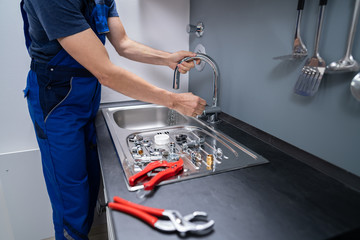

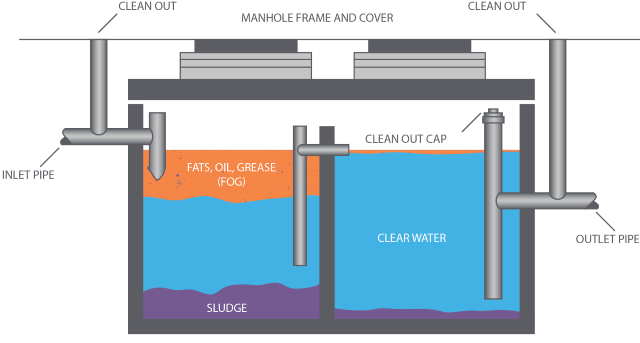


 Pests can be annoying, but they also pose real health risks. The best way to deal with them is to prevent them from getting into your home in the first place. Contact
Pests can be annoying, but they also pose real health risks. The best way to deal with them is to prevent them from getting into your home in the first place. Contact 